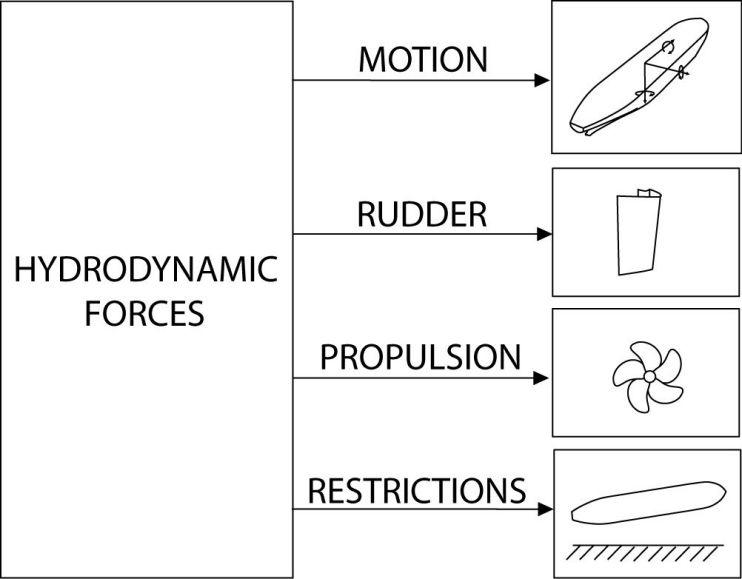Project M.Sc. Philipp Mucha
M.Sc. Philipp Mucha, Prof. Dr.-Ing. Bettar Ould el Moctar Prediction of ship manoeuvring in restricted waters
Ship pilots and researchers have long witnessed that manoeuvring in restricted waters holds special challenges for ship handling and the modelling of ship flows. Interaction effects between passing and overtaking ships as well as ships and banks are known to have a powerful impact on course keeping. Their consideration in the models describing the dynamic motion of ships is of vital importance for an accurate prediction of ship manoeuvring in restricted waters.
The prime objective of this cooperation project between the Institute of Ship Technology, Ocean Engineering and Transportation Systems (ISMT) and the Federal Waterways Engineering and Research Institute (BAW) is the extension of a ship handling simulator to include the computation of forces acting upon the ship hull in restricted waters under consideration of river topology and currents.
The method to be developed draws up on describing external hydrodynamic forces as present in the manoeuvring equations of motion in terms of a Taylor-series expansion. The resulting series contains both state velocity and acceleration dependent contributions known as the hydrodynamic derivatives. Their determination through the virtual replication of Planar Motion Mechanism (PMM) tests as known from model test facilities is a central matter of this study. Numerical methods drawing up on the solution of the Reynolds-averaged Navier-Stokes (RANS) equations are by now applicable to these problems. The use of classic potential flow theory and physical model tests allows for additional insight into the ship flows of interest. Besides, the BAW in-house code BoWave2D – used for the prediction of ship wave propagation in shallow water through shallow water waves equations of Boussinesq type – shall be further developed.
In virtual PMM tests a ship is moved through a numerical towing tank following prescribed harmonic motions; e.g. pure sway or pure yaw. The computed time series of the forces of interest are then analysed with respect to state acceleration and velocity depending contributions of first and higher orders. Employing RANS methods allows for the consideration of viscous flow effects which is especially important for the velocity dependent contributions.
It is straightforward to apply virtual PMM tests in restricted waters as well. The knowledge of the influence of vertical and lateral restrictions on the hydrodynamic forces enables for a formulation of additional terms in the manoeuvring equations of motion.
The findings of the present study shall be used to extend the ship handling simulator of the Federal Waterways Engineering and Research Institute (BAW) which is used for both training and research purposes for river engineering problems. These include the analysis of traffic ease, river side construction or the control of ships.
The project is sponsored by the Federal Waterways Engineering and Research Institute (BAW).


